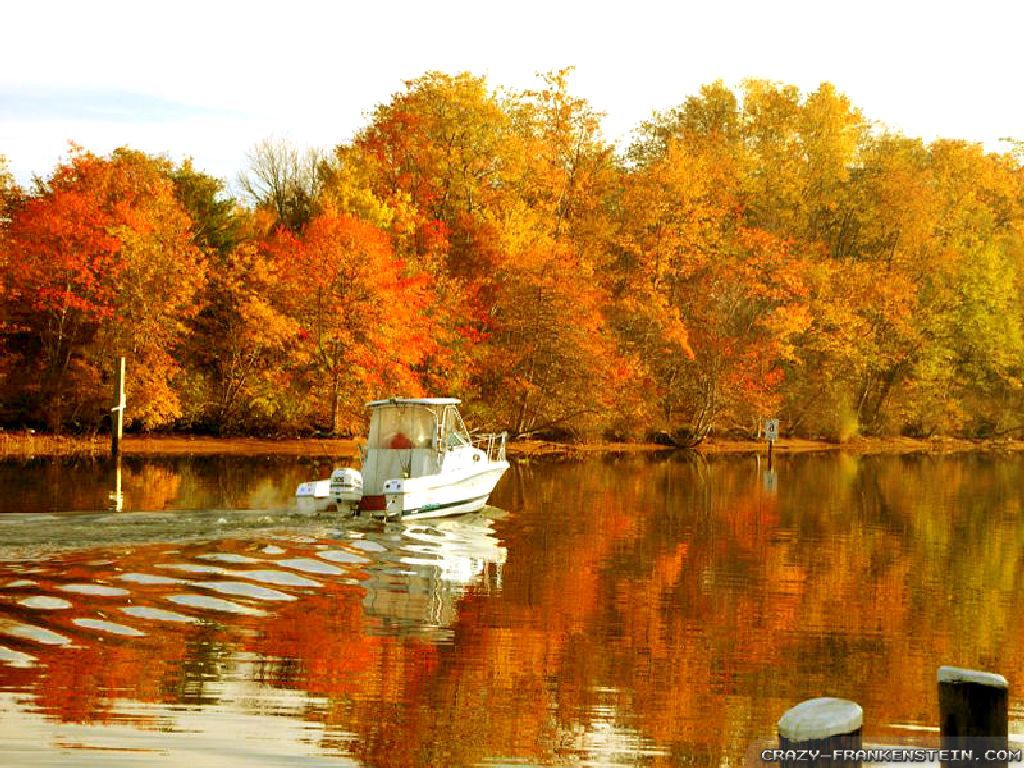The air is still warm, the seas are calmer, and you’ve got the Bay to yourself. This is a great time to be out on the water! Just remember to bring your VHF radio along for the ride.
The same peace and quiet that makes this boating time so enjoyable also means that there is not likely to be anyone around if you get into trouble. If things do start to hit the fan, a VHF call on channel 16 is your direct link to the Coast Guard. You’ll be talking directly to the people who can launch a rescue, and other nearby boats may be listening and can lend a hand.
What about your cell phone? Calling 911 with a cell phone should not be ruled out in case of an emergency, but using a VHF for distress calls is a better way to get the help you need, faster. Cell phones have gaps in coverage, especially out on the water, and though most phones are equipped with GPS transmitters the CG can’t track down a cell phone signal without the cooperation of the cell phone company. That takes time that you may not have.
VHF signals are also much stronger than the signals of cell phones. Handheld VHF radios transmit using up to 6 watts of power, and fixed-mount units transmit up to 25 watts of power. Connecting your radio to an antenna mounted on the roof of your boat can give you a range of up to 30 miles.
The DSC (Digital Selective Calling) feature built in to all VHF radios manufactured since 2011 is tied directly to the Coast Guard’s Rescue 21 direction-finding radio communications system. When you push the pre-programmed DSC button on your radio, Rescue 21 identifies your location via towers that triangulate the source of your DSC distress call. The range of Rescue 21 extends to about 20 miles from shore. In the time it takes you to say ‘Mayday, Mayday, Mayday,’ and identify the boat three times, the CG can have a line of bearing and can start searching right away. All Rescue 21 needs is three-plus seconds of transmission to get a search location from your call.
But it’s not completely automatic. Your DSC-equipped VFH radio will send an automated distress call with a unique Maritime Mobile Service Identity (MMSI) number that is available for free online through Sea Tow, BoatUS, and the United States Power Squadrons. You’ll need to register a number and then program it into your new radio. Because the number stays with the radio and not the owner, you’ll also need to re-register the MMSI if you buy a used radio or boat. Once you’ve programmed the radio, your vessel information will be sent automatically to other DSC-equipped vessels as well as the Coast Guard.
You’ll also want to connect your boat’s VHF radio to your GPS. That way your emergency call will also send your exact position to the Coast Guard, saving even more time when every second might matter.
